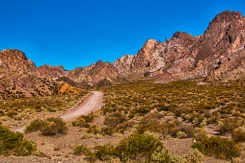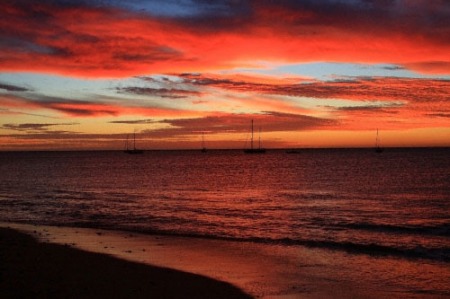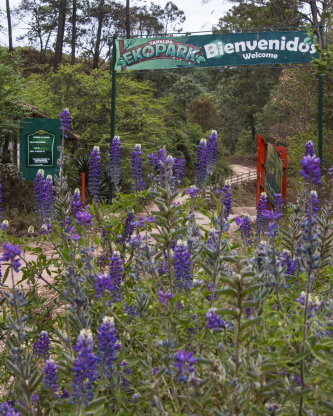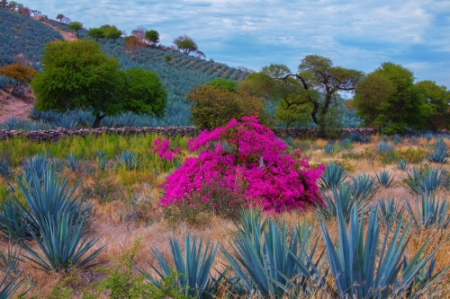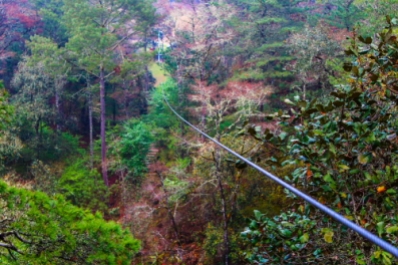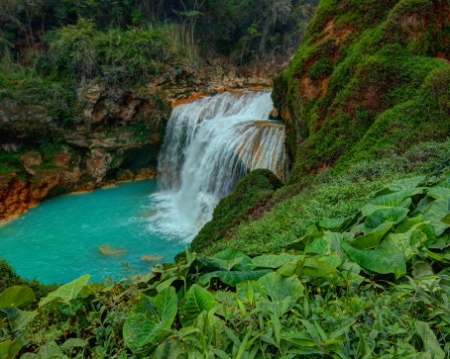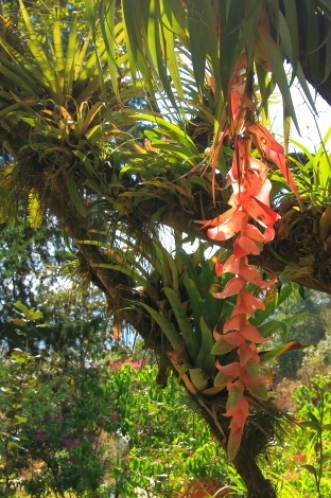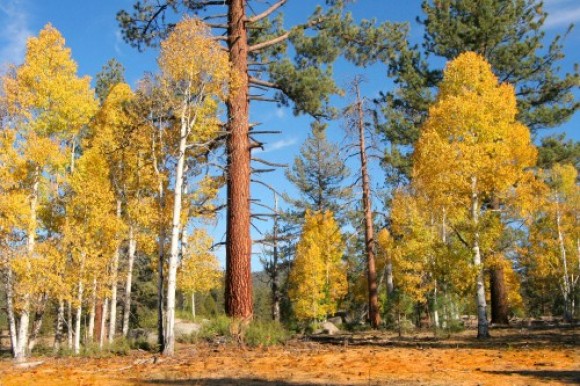
Banos, Ecuador
Due to its natural beauty, spring like climate year around and many outdoor adventure sports; Banos is one of Ecuadors most popular tourist attractions. At 5,900 feet in the Andes mountains this small village has international appeal and is surrounded by 60 waterfalls, deep river gorges, steep bluffs, lush green mountains, expansive plateaus, and hot springs heated by the nearby Tungurahua Volcano.The list of outdoor adventure activities includes white water rafting, kayaking, bungee jumping, mountain biking, horseback riding, amazon jungle tours, waterfall tours, zip lines, atv trails, cable car rides, canopy tours, trout fishing, rock climbing, mountain climbing, trekking and most anything else you could want at an eco-tourist resort.
In addition to these outdoor adventure activities, Banos also has many festivals, special events and parades. So the mood in town is usually festive and upbeat. There are also quite a few good restaurants with international cuisine from around the world at very reasonable prices. I recall seeing German, Italian, Danish, Chinese, Mexican, Uruguayan, and Japanese restaurants, as well as a variety of pizzeria’s. If restaurants are not what your looking for at the end of the day, you can also find a bar zone with a variety of nightclubs.

The Tungurahua Volcano stands at 16000 feet and overlooks the village of Banos

Casa de Arbol and Swing at the end of the world. This swing sails out over a steep cliff just below the Tungurahua Volcano

the Rio Pastaza borders the north side of Banos

One of many tour operators
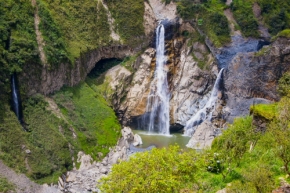
Manto de la Novia waterfalls

Flora at the Jardine de Chamana eco-resort hotel

the virgin waterfalls at the edge of town with thermal baths next door.

One of two main streets through the center of Banos

Zip line over the manto de la novia waterfalls. Its your choice of head first or feet first.

One of 2 town squares in the center of Banos

The restaurant and rest area at the foot of Pailon del Diablo

street performers from argentina demonstrating folk dances of their homeland.

Over 100 feet tall, the Pailon del Diablo waterfall also has one of the worlds scariest staircases. This photo shows the bottom half.

Another view of Banos

The Chamana waterfalls

Bungee jumping from the San Franciso bridge in Banos

a rainbow over Banos





